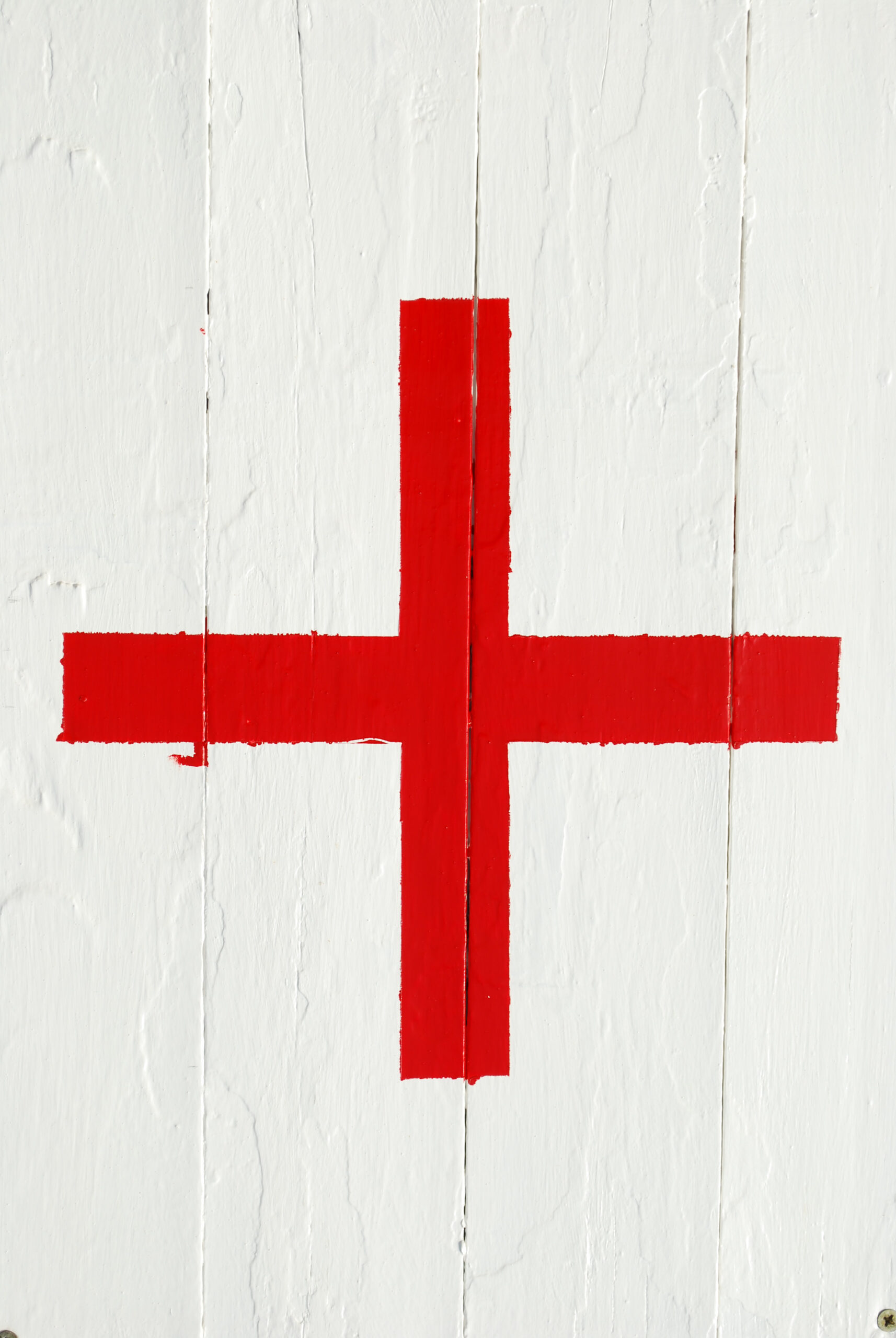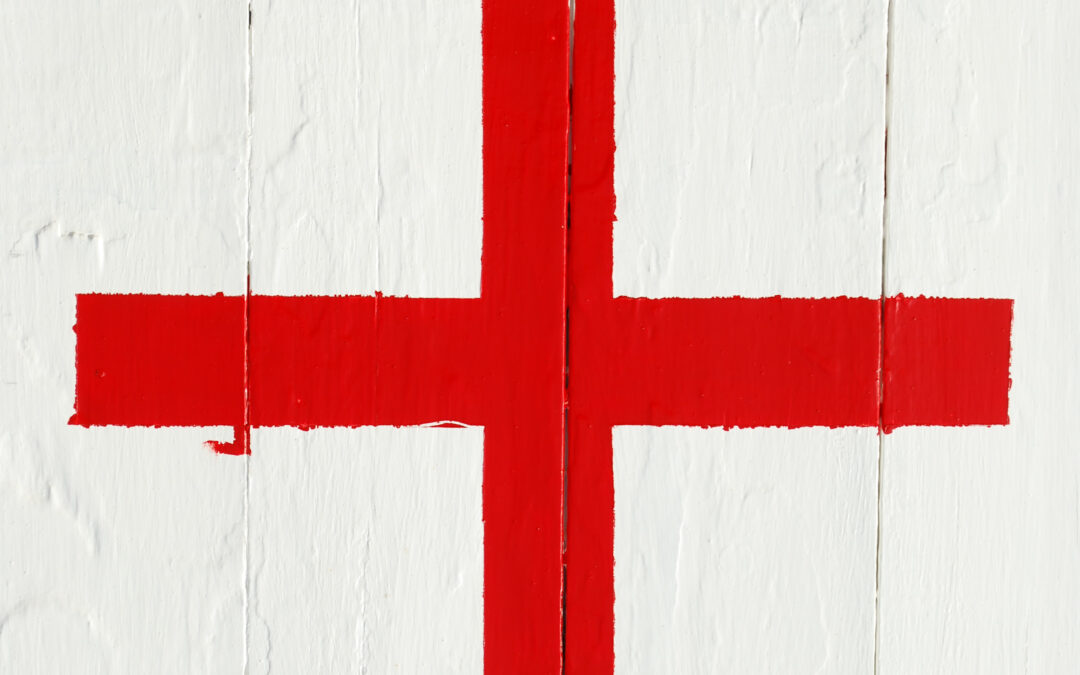Introduction to Disaster Preparedness
Natural disasters can strike at any time, and it’s essential for families to be prepared. Whether you live in an area prone to hurricanes or earthquakes, taking the necessary steps to prepare your family for a potential emergency is crucial. In this blog post, we will cover everything from creating an emergency kit to practicing evacuation procedures. By following these tips, you can ensure that your loved ones are safe and protected during times of crisis.
The Importance of Having a Plan
Having a plan in place before a natural disaster strikes is critical. Sit down with your family members and create a detailed plan outlining what actions should be taken in case of an emergency. This includes identifying evacuation routes, designating meeting spots, and establishing communication protocols. It’s also important to practice your plan regularly so everyone knows what to do in case of an actual emergency.
Creating an Emergency Kit
Another vital aspect of disaster preparedness is having an adequate emergency kit. Your kit should include supplies such as non-perishable food items, water, first aid equipment, flashlights, extra batteries, and clothing. Make sure to update your kit every six months to ensure that all items are still usable.

Staying Informed During a Crisis
During a crisis, staying informed is key. Keep a weather radio on hand to receive updates on the situation, and make sure to follow local news channels and social media accounts for up-to-date information. You may also want to sign up for alert systems offered by your community or local government agencies.
Evacuation Procedures and Routes
If evacuation becomes necessary, it’s imperative to know the best routes to take and where to go. Identify multiple escape routes from your home and practice them regularly. Also, determine safe places to meet after evacuating, such as a relative’s house or designated public shelter.
Communicating with Family Members
Communication is critical during a disaster. Establish a communication plan with your family members, including how to reach each other if cell phone service is unavailable. Consider investing in walkie-talkies or two-way radios to facilitate communication during an emergency.
Thank you for reading this post, don't forget to subscribe NOW for FREE!
Practicing Your Plan Regularly
Regularly practicing your disaster plan is essential to ensuring its effectiveness. Conduct drills with your family members to simulate different scenarios and test your response times. This will help identify areas where improvements can be made and ensure that everyone feels confident in their abilities to respond quickly and efficiently in case of an emergency.
Coping With Stress After a Disaster
After a disaster has struck, coping with stress can be challenging. Encourage family members to talk about their feelings and provide emotional support when needed. Seek professional counseling if necessary, and try to maintain a sense of normalcy by sticking to routines and activities that bring comfort and stability.
Conclusion: Taking Action Today
Taking action today to prepare for disasters can save lives tomorrow. Follow the tips outlined above to create a comprehensive disaster plan, stock up on emergency supplies, stay informed during crises, and practice evacuation procedures regularly. Remember, being proactive and prepared is the key to keeping your family safe and secure during times of emergencies.






